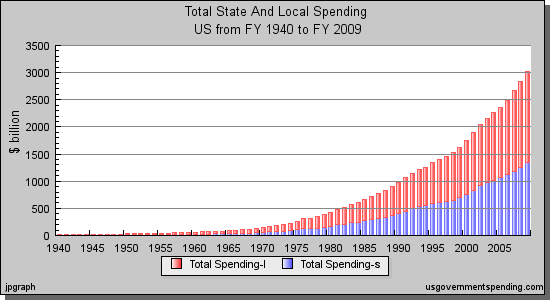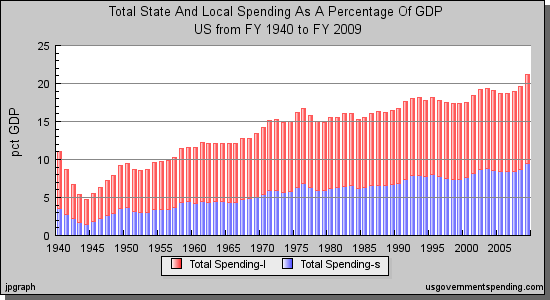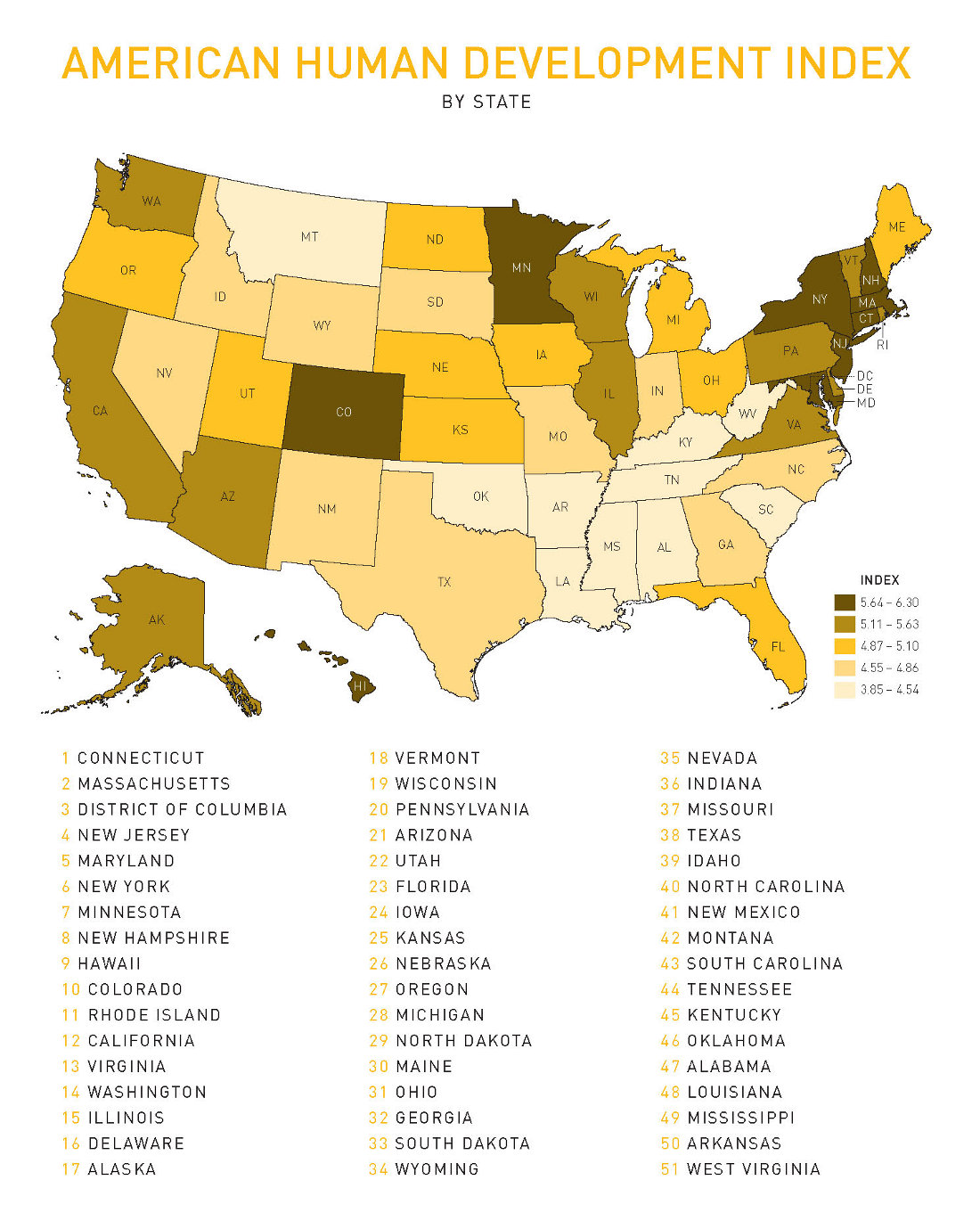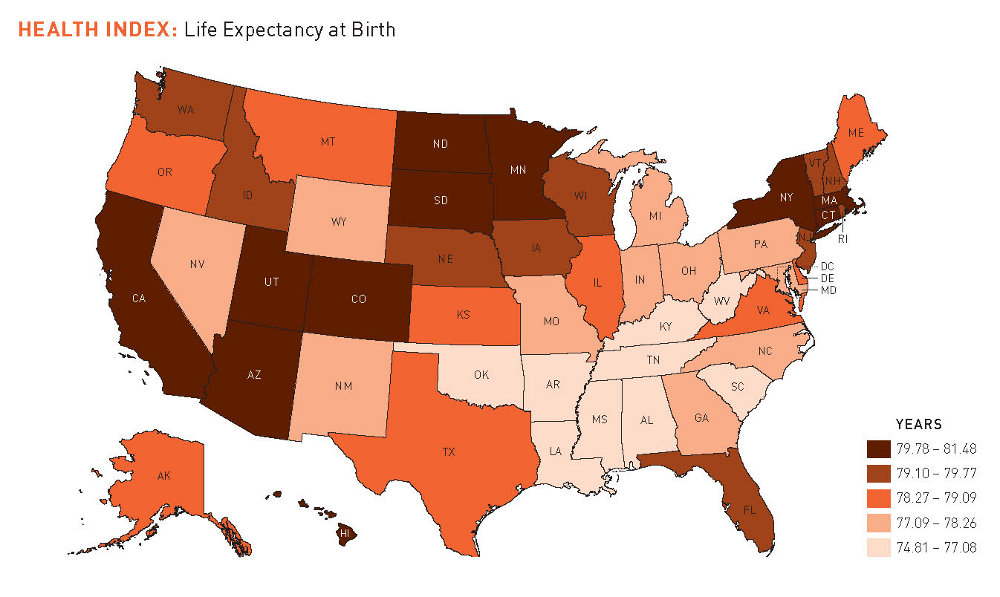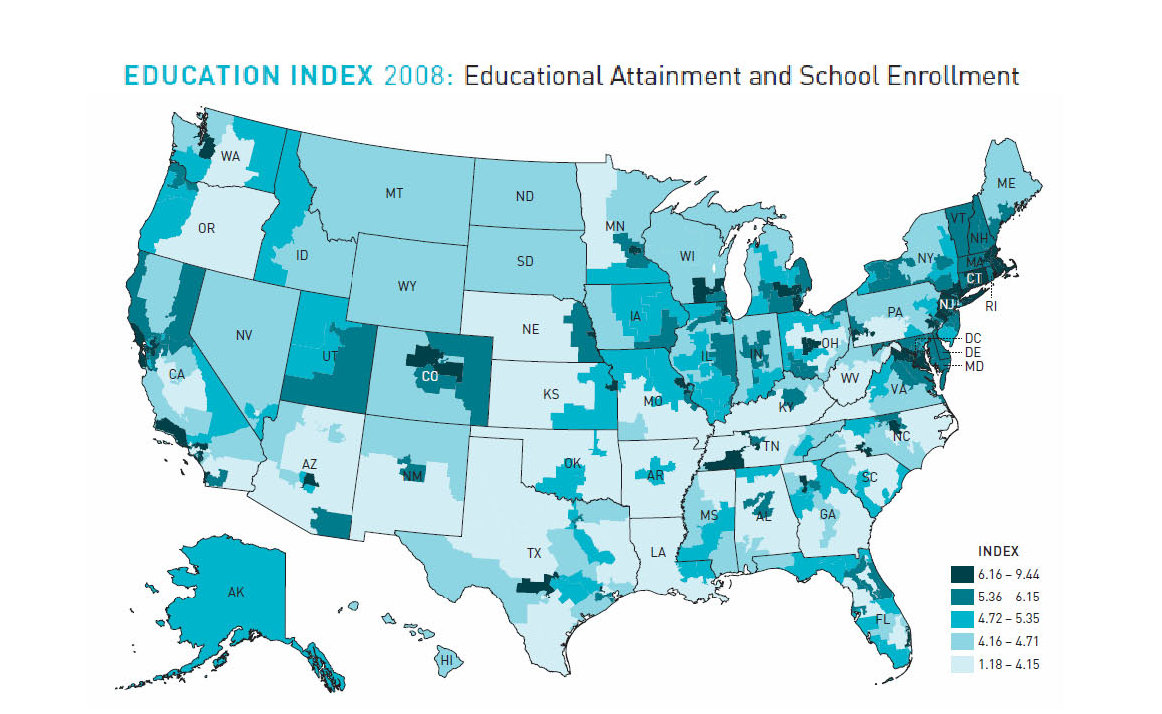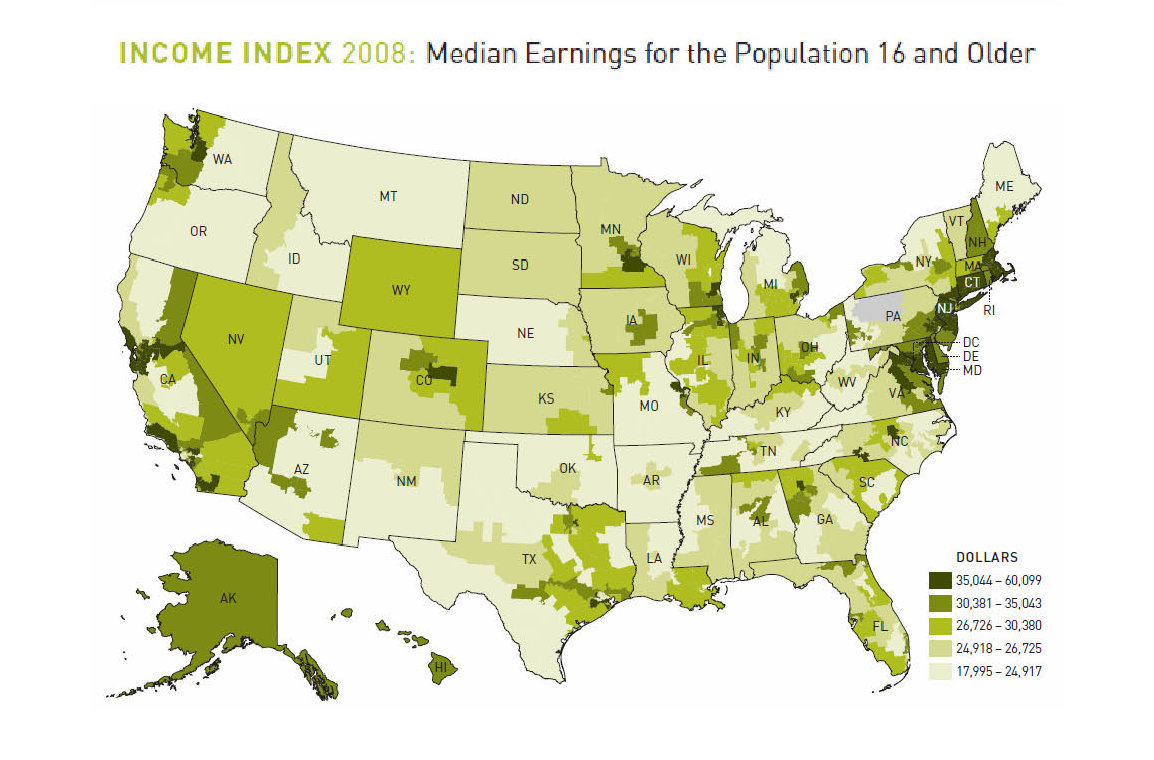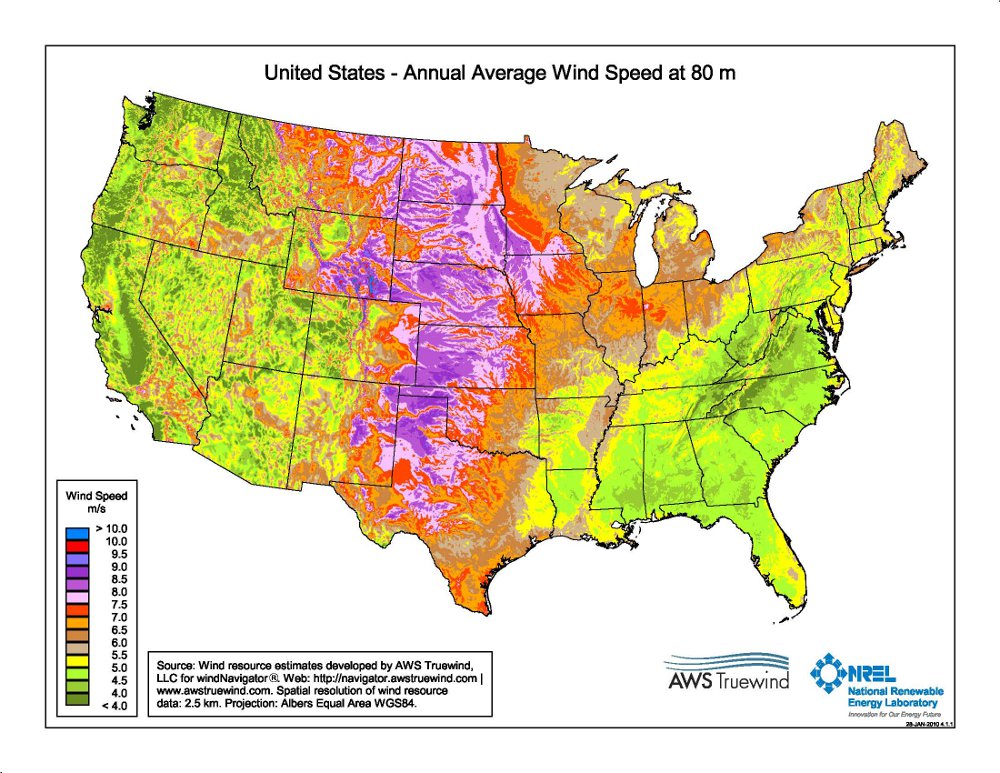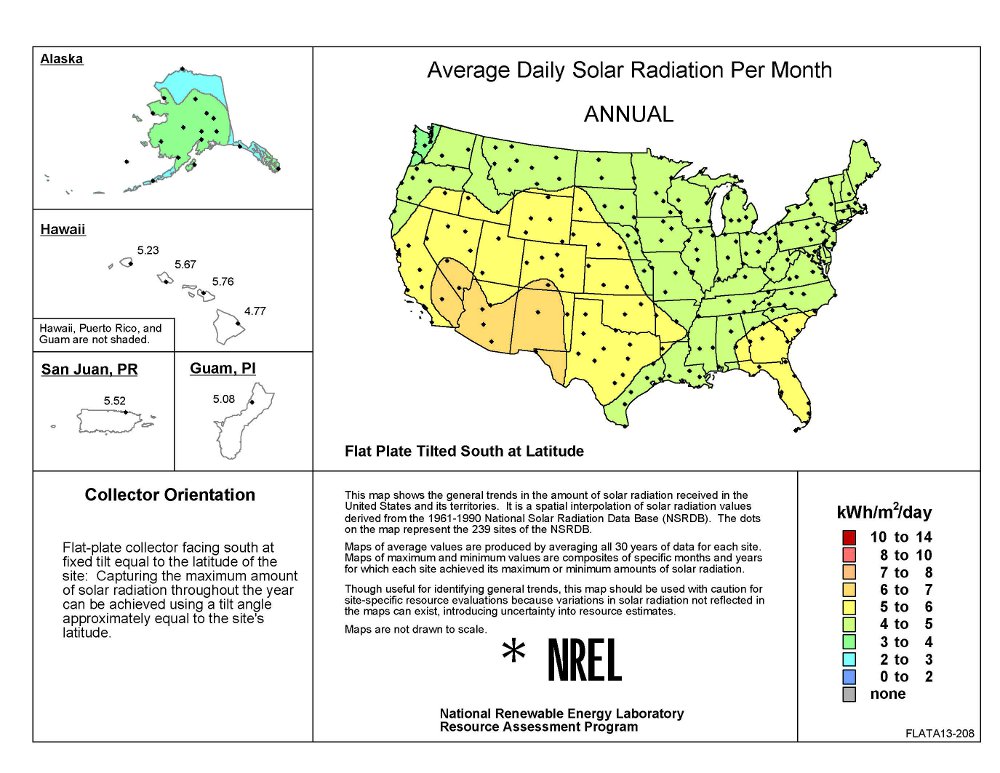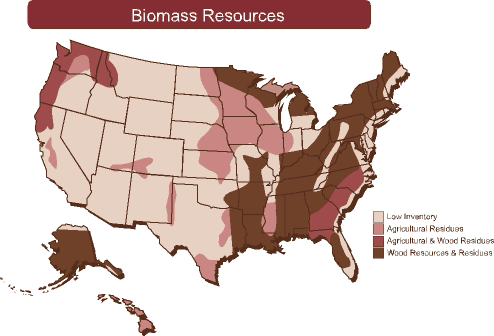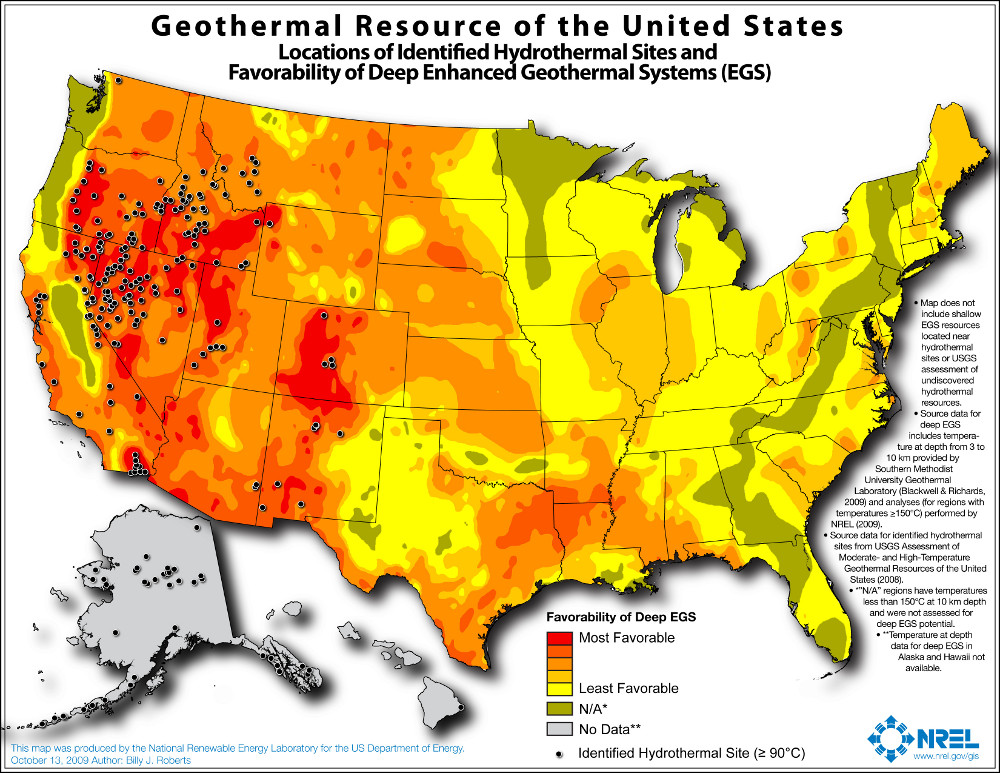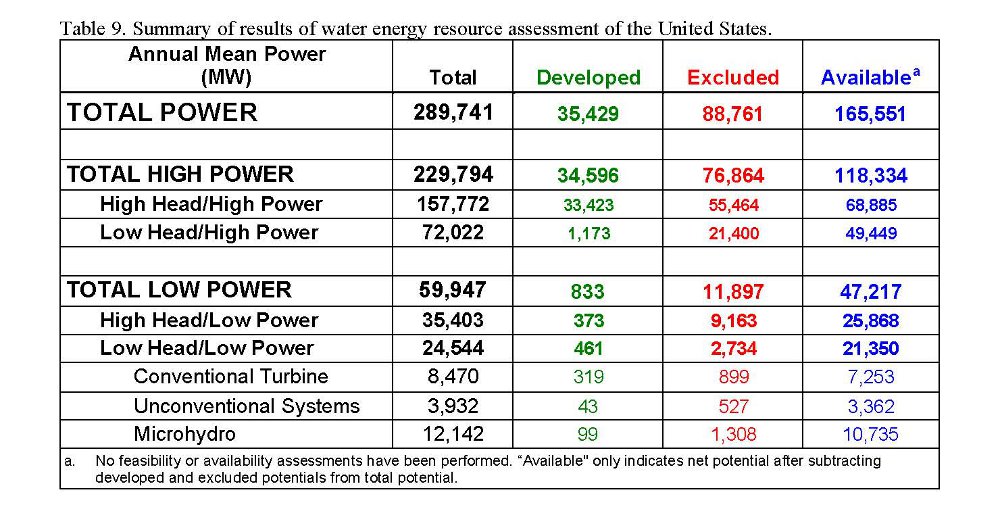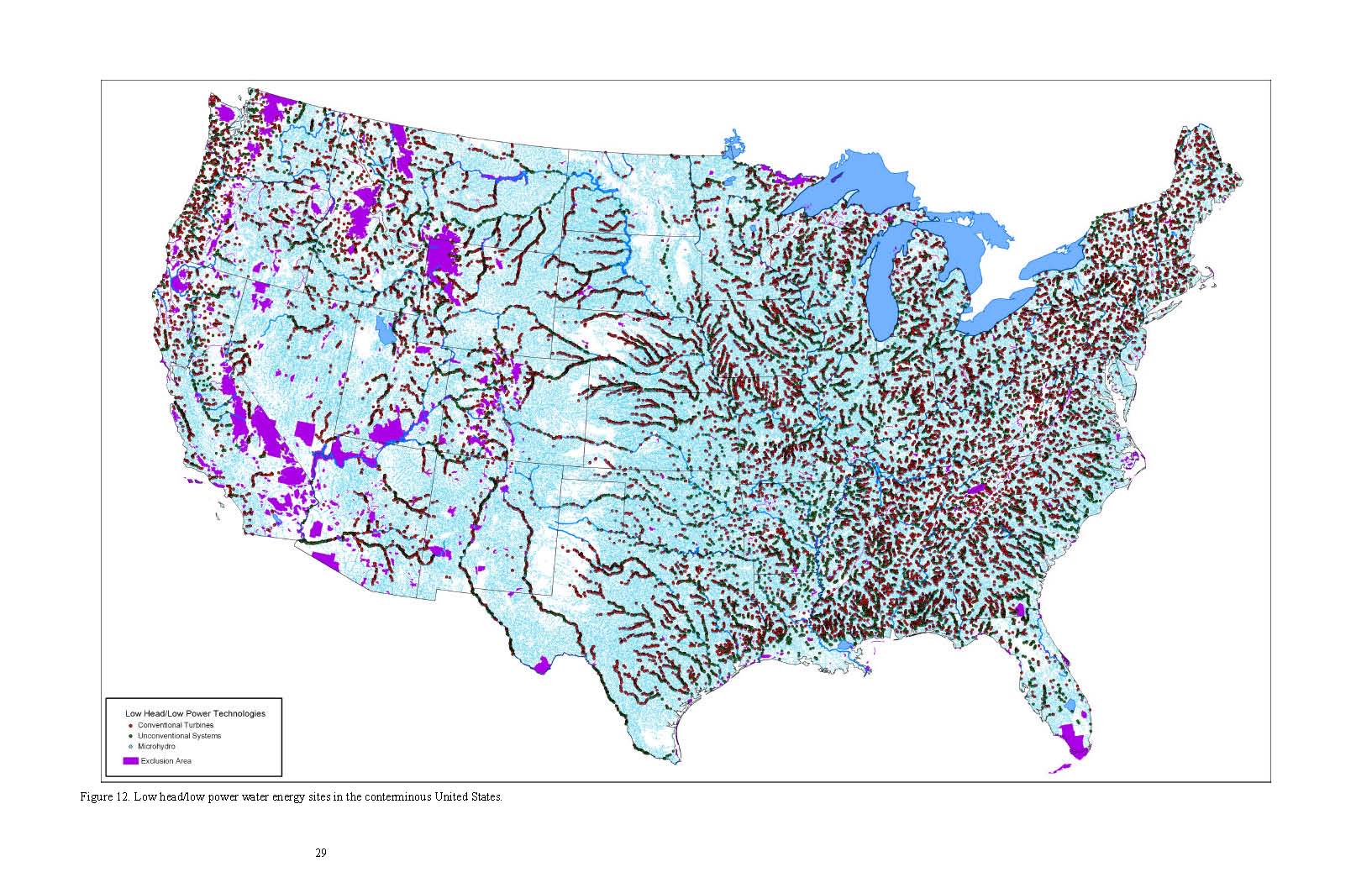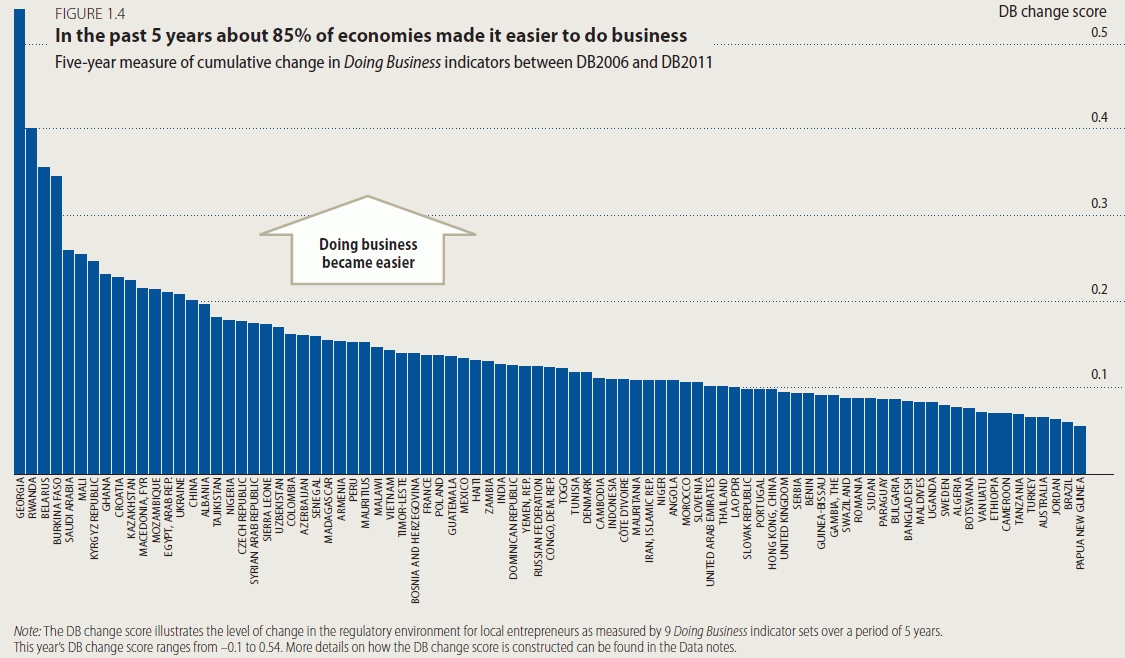Justin Hyde in Jalopnik in November 2010 reported the following:
- In 1966, Congress created the Department of Transportation and ordered it to create its own vehicles testing new safety features.
- One experimental vehicle was the Minicar Research Safety Vehicle, created in 1977.
- The Minicar RSV had bumpers that could withstand a 10 mph collision, run-flat tires, and airbags.
- The Minicar RSV would get 32 miles per gallon.
- The Minicar RSV could protect passengers after a 50 mph crash. The National Highway Traffic Safety Administration (NHTSA) “claimed thousands of lives a year could be saved if Minicar tech became standard.”
- In January 1981, President Ronald Reagan’s administration halted the Minicar RSV program.
- The NHTSA “sent all remaining RSV cars to be destroyed.”
- “Anti-lock brakes and air bags were standard on European cars first; Japanese automakers put the first crash-sensing brake system on the market in 2003, nearly 25 years after the RSV sported it.”
- The crash test ratings now advertised, where cars receive 5 star crash test ratings, are based on a 35 mph crash speed. That speed is 15 mph slower than the crash tests used for the RSV.
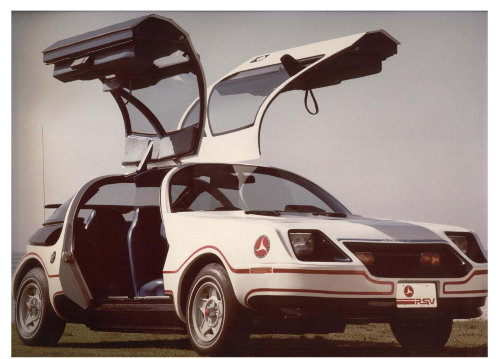
To read the entire article, click on How The U.S. Government Killed The Safest Car Ever Built. For more information on the Minicar RSV from the NHTSA, click on THE MINICARS RSV – STILL A CAR FOR THE FUTURE.
